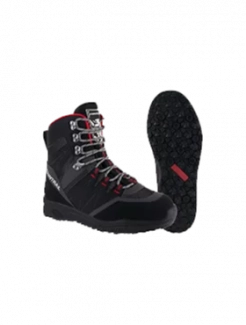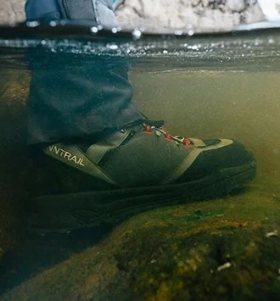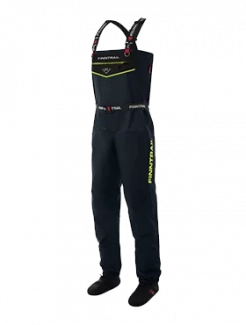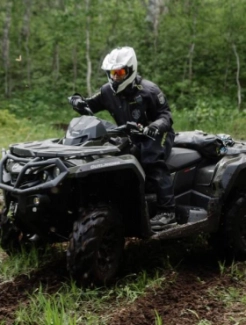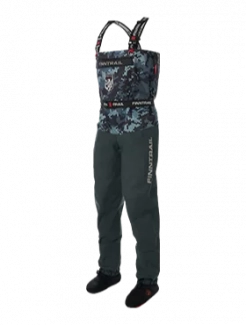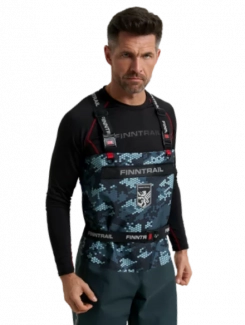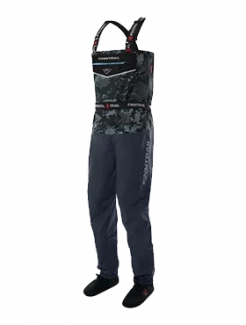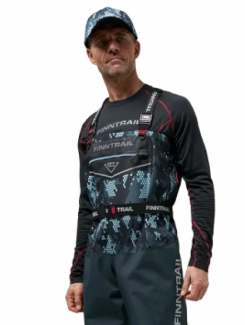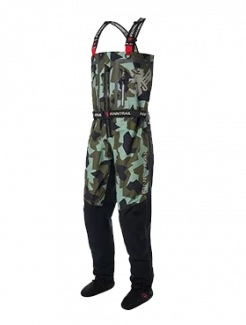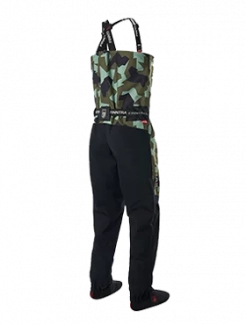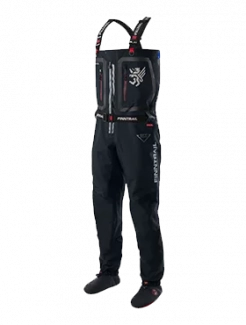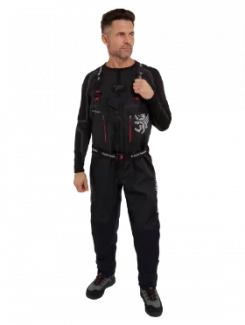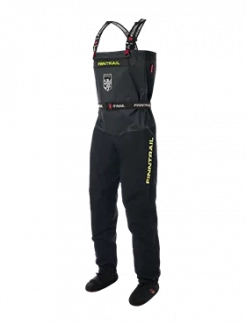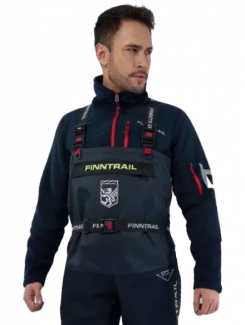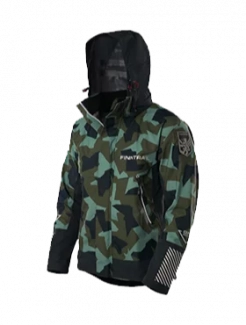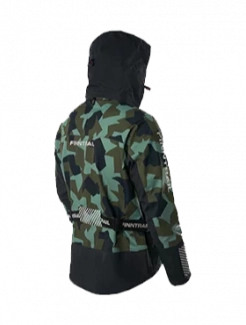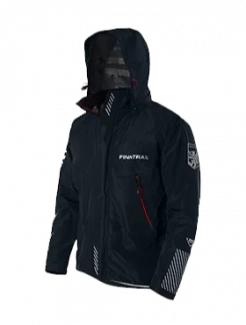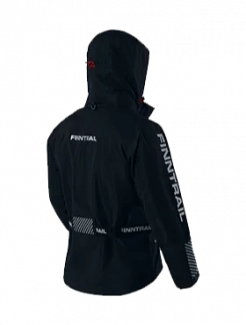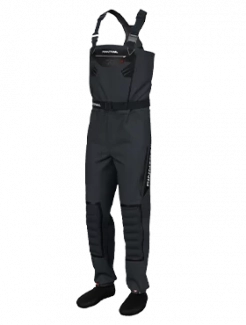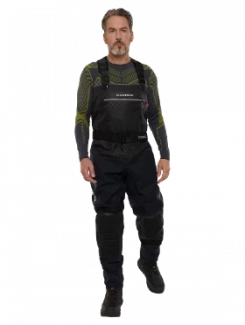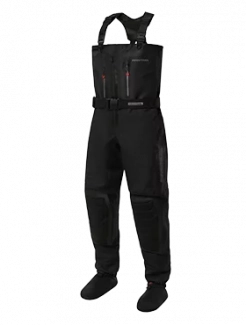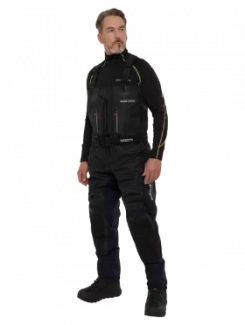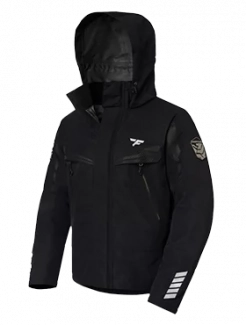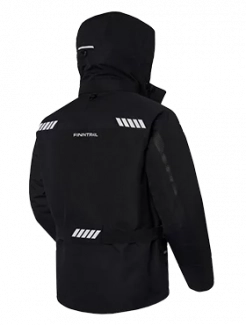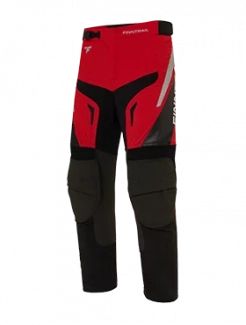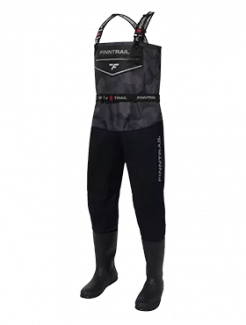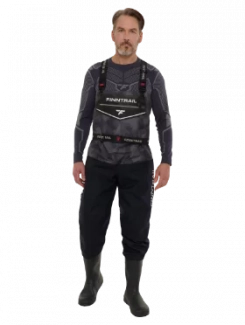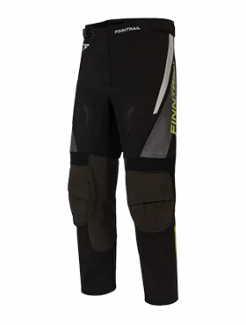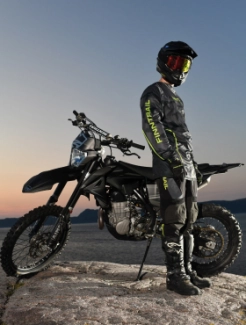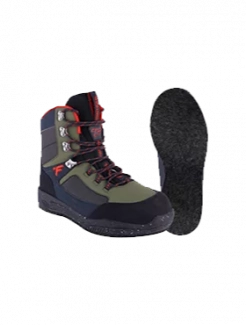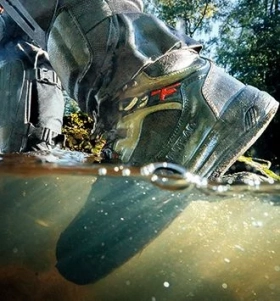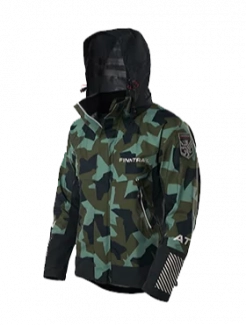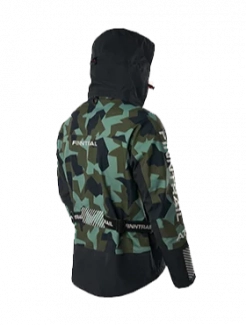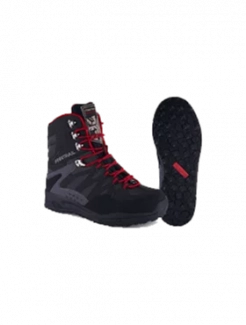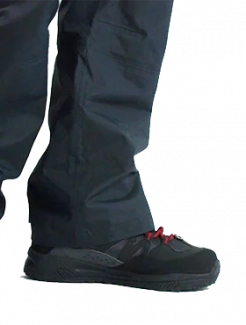Off-Road Suit vs. Rain Jacket: Understanding the Real Difference on the Trail
When adventure calls and the road turns to mud, the jacket you wear becomes more than just protection — it’s your armor against the elements. Many riders and outdoor explorers assume that a simple rain jacket will do the job. But off-road conditions demand a different level of gear — something purpose-built to handle impact, rain, and relentless terrain.
The truth is, a rain jacket and an off-road riding jacket serve entirely different purposes. One is built for comfort and light weather; the other is engineered for endurance, resilience, and safety. Understanding these differences can save you from frustration — and possibly from a dangerous ride.
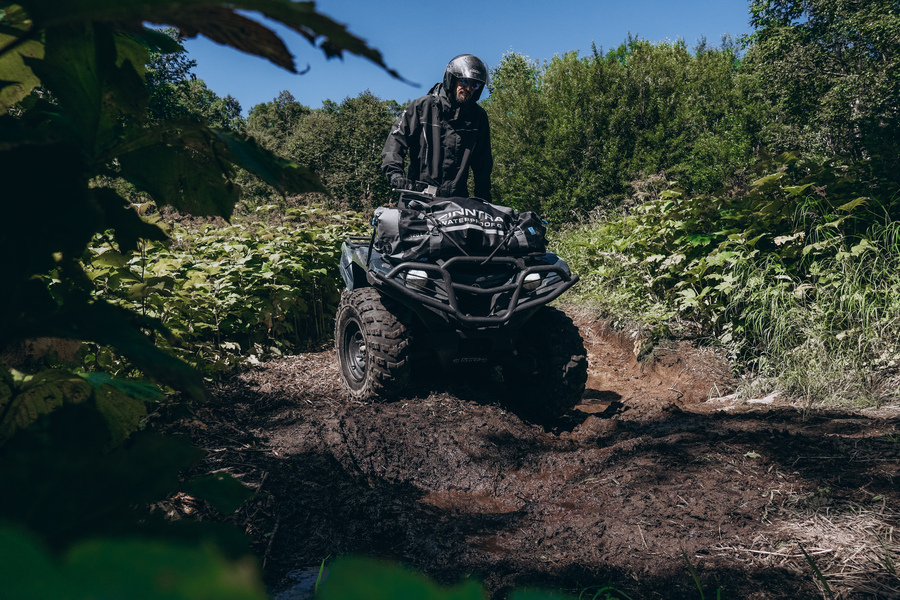
The Reality of Trail Riding: More Than Just Wet Weather
If you’ve ever taken your bike, ATV, or 4x4 off the beaten path, you already know that trail conditions change without warning. A clear morning can turn into a stormy afternoon. Streams overflow, mud splashes up your back, and you find yourself riding through wind, dust, and rain all in a single day.
A standard rain jacket might protect you from drizzle on a city commute, but when you’re deep in the wilderness, that lightweight shell will struggle. It may keep out a light sprinkle, but it won’t resist tearing when branches scrape by or when mud cakes into every fold.
This is where an off-road jacket makes a world of difference. These jackets are designed to survive abuse — not just rain.
What Makes an Off-Road Jacket Stand Out
A true off-road riding jacket is built to perform under harsh conditions. Every detail, from fabric thickness to ventilation zips, is optimized for one thing: control in chaos.
1. Reinforced Durability
Unlike thin nylon rain shells, off-road jackets are constructed using abrasion-resistant materials such as Cordura, ripstop polyester, or ballistic nylon. These fabrics resist tearing even when you brush against rocks or tree limbs. Many feature double-stitched seams and reinforced impact zones on elbows, shoulders, and chest areas.
2. Advanced Waterproofing
When we talk about a waterproof suit jacket in an off-road context, we mean something entirely different from your office wear. This is high-performance outerwear designed to stay dry through torrential downpours, river crossings, and prolonged exposure to moisture.
Top-end models feature 3-layer membranes — materials that not only repel water but allow internal heat and sweat vapor to escape. This ensures you stay dry inside and out.
3. Ventilation You Can Control
Off-road adventures often involve high-intensity movement: steep climbs, sudden descents, and constant motion. Without proper ventilation, your body heat builds up quickly.
That’s why the best off-road jackets include large pit zips, back exhaust vents, and adjustable airflow systems. These help maintain temperature balance so you can focus on the ride, not on overheating.
4. Impact Protection
Unlike a hiking raincoat, an off-roading jacket is engineered to protect your body. Many models come with armor pockets or integrated CE-rated pads for shoulders, elbows, and the back. Some even include detachable chest guards — a must for anyone tackling rough trails or enduro racing.
5. Ergonomic Fit and Flexibility
Movement on an off-road bike isn’t like walking or sitting. You lean, twist, and stand — often for hours at a time. Off-road jackets are designed to accommodate this with pre-curved sleeves, stretch panels, and adjustable waist straps that ensure your gear moves with you, not against you.
Why a Rain Jacket Falls Short
To be fair, a rain jacket is an excellent piece of gear — for what it’s designed to do. Lightweight, packable, and inexpensive, it’s perfect for urban use or light hiking. But when it comes to real-world off-road conditions, its limitations become obvious.
-
Durability: thin polyester shells tear easily.
-
Breathability: budget jackets trap sweat, creating condensation inside.
-
Lack of Protection: no armor pockets or reinforcements.
-
Fit: often restrictive or baggy, which can flap in high winds.
In short, a rain jacket keeps you dry for a while — but an off-road jacket keeps you safe, dry, and comfortable for the entire journey.
Trail Conditions Demand More
Off-road trails aren’t just wet — they’re unpredictable. Rocks, gravel, sand, and mud create a constant challenge. The trail may take you through dense forests or open plains, across rivers, or over mountain ridges. Every type of terrain adds stress to your gear.
That’s why a standard rain jacket doesn’t cut it. The stitching, fabric, and zippers simply aren’t designed to handle that level of exposure. A specialized off road jacket gives you protection that adapts to your environment, not the other way around.
Think of it this way: a rain jacket protects from the outside in, while an off-road jacket protects from the inside out — keeping your body safe, your temperature balanced, and your focus sharp.
The Evolution of the Waterproof Suit Jacket
The modern waterproof suit jacket for off-road and adventure use has evolved into a technical marvel. Many brands now offer full two-piece waterproof suits — combining pants and jacket — for total weather defense. These suits feature:
-
Fully sealed seams and waterproof zippers
-
High collars and storm flaps
-
Adjustable cuffs and drawcord hems
-
Integrated armor or compatibility with protection inserts
-
High-visibility reflectors for night or storm riding
This gear isn’t just designed for rain — it’s built for the kind of unpredictable punishment that trails and open terrain deliver daily.
How to Choose the Best Off Road Jacket
When shopping for the best off-road jacket, keep these factors in mind:
-
Material: look for 3-layer waterproof membranes for all-weather performance.
-
Fit: ensure freedom of movement for standing, leaning, and cornering.
-
Protection: CE-certified armor or at least pockets for padding.
-
Ventilation: pit zips, mesh liners, and adjustable vents.
-
Versatility: removable liners or modular systems for different seasons.
-
Visibility: reflective accents or bright color panels for low-light conditions.
Investing in a high-quality off-road jacket is less about luxury and more about long-term comfort, safety, and reliability.
The Rider’s Perspective: Experience Over Theory
Ask any seasoned off-road rider, and they’ll tell you — gear failure in the wild isn’t just inconvenient; it’s dangerous. When rain seeps through or fabric rips mid-ride, your focus shifts from the trail to your discomfort. That’s how mistakes happen.
Communities like r/Ultralight often emphasize minimalism, but off-road environments demand something sturdier. Riders who transition from basic rain gear to purpose-built off-road gear immediately notice the difference — not just in dryness, but in performance and confidence.
Final Verdict: Purpose-Built Gear Wins Every Time
When conditions turn unpredictable, the difference between a rain jacket and an off-road jacket is the difference between surviving and thriving. The rain jacket may save you in a quick storm, but the off-road riding jacket is designed to endure long, demanding days where mud, wind, and water are constant companions.
A waterproof suit jacket completes your setup, sealing out moisture while offering superior ventilation and impact protection.
If you’re serious about adventure — whether it’s on two wheels or four — don’t compromise. Choose the best off-road jacket you can afford. Your comfort, focus, and safety depend on it.
Because when the trail gets wild, your gear shouldn’t just survive — it should perform.

